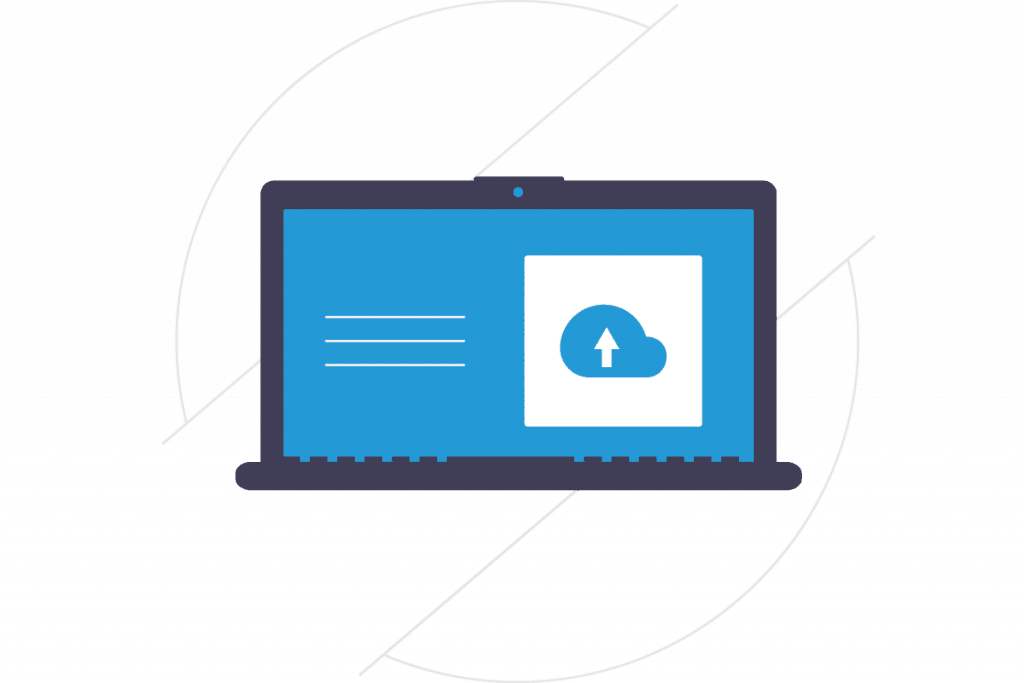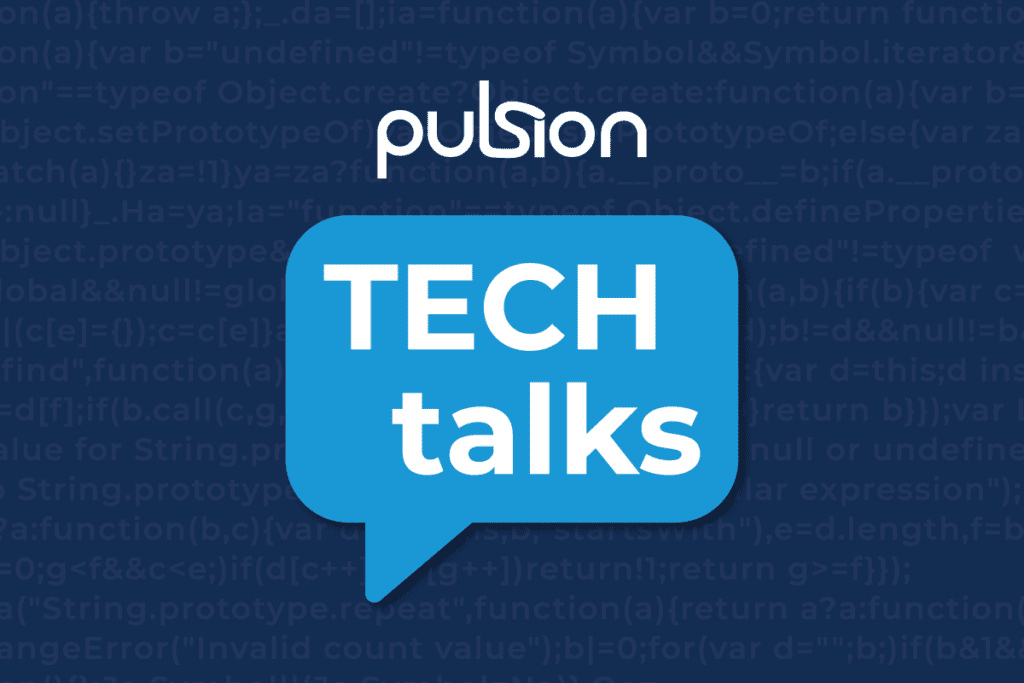Change Management is often dreaded by organisations. When it comes to cloud, change management brings greater agility in the way the organisation functions. Cloud operations provide the opportunity to automate previously manual processes.
In the AWS cloud environment, there are two frameworks to ensure successful cloud deployment:
- Cloud Adoption Framework
- Well Architected Framework

Cloud Adoption Framework
The AWS Cloud Adoption Framework (AWS CAF) is designed to aid each area of an organisation so that all stakeholders understand how cloud adoption will change the way they work and how to take advantage of everything that cloud computing offers. The AWS CAF is organised into six perspectives; Business, People and Governance perspectives relate to business capabilities while Platform, Security and Operations perspectives relate to technical capabilities.
Business Perspective
This perspective is concerned with optimising business value as operations are transitioned to the cloud. This involves a shift from separate strategies for IT and business to an integrated and agile strategy. The business perspective can be used to prioritise cloud adoption initiatives and to ensure that there is a strong alignment between business goals and IT goals.
People Perspective
The people perspective is used to give guidance to those responsible for training and communications. This can help teams learn how to prepare for cloud adoption by updating their staff skills and organisational processes and ensure that competencies are in place at the appropriate time. The people perspective can also be used to help leadership communicate cloud changes to the organisation.
Governance Perspective
The governance perspective is used to give guidance to the stakeholders responsible for supporting business processes with technology. This focuses on how to maximise the business value and minimise the risks of cloud investment by aligning IT strategy with the organisation’s business strategy and goals.
Platform Perspective
This perspective is concerned with the architecture of AWS technology and how it can be designed and optimised. This helps design, implement and optimise the architecture of AWS technology based on business goals and objectives. The platform perspective can also be utilised to communicate the structure and design of cloud architectures to stakeholders.
Security Perspective
The security perspective is used to help decide on and implement security controls for cloud architecture. It can ease the process of identifying areas of non-compliance and planning security initiatives.
Operations Perspective
The operations perspective involves how IT workload are managed, run and recovered in a way that meets the requirements of business stakeholders. This perspective also helps stakeholders understand the move towards operating using agile cloud computing practices as well as defining new process changes and training needed for successful cloud adoption.
Well Architected Framework
The AWS Well Architected Framework is designed to help cloud architects build resilient, efficient and secure infrastructures. This framework is based on five pillars – operational excellence, security, reliability, performance efficiency and cost optimisation – which are used to help build stable and efficient systems.
Operational Excellence Pillar
This pillar focuses on the monitoring and running of systems to deliver business value – and on continually enhancing these systems. It also includes gaining insight into workload operations and supporting development.
There are five design principles for operational excellence in the cloud:
- Perform operations as code
- Make frequent, small, reversible changes
- Refine operations procedures frequently
- Anticipate failure
- Learn from all operational failures
Security Pillar
The security pillar is focused on the protection of business data, systems, and assets. This also includes areas such as privilege management, confidentiality and integrity of data and defining processes for responding to security incidents.
There are seven design principles for security in the cloud:
- Implement a strong identity foundation
- Enable traceability
- Apply security at all layers
- Automate security best practices
- Protect data in transit and at rest
- Keep people away from data
- Prepare for security events
Reliability Pillar
The Reliability pillar is concerned with ensuring that a workload is performing its intended function correctly and consistently, so that it can meet both business and customer demand. This also includes recovery planning, distributed system design and testing the workload throughout its lifecycle.
There are five design principles for reliability in the cloud:
- Automatically recover from failure
- Test recovery procedures
- Scale horizontally to increase aggregate workload availability
- Stop guessing capacity
- Manage change in automation

Performance Efficiency Pillar
The performance efficiency pillar is focused on using computing resources efficiently to ensure that this is consistent while demand changes and technology evolves. Topics in this pillar include monitoring system performance, making judgements on resource types based on workload requirements and making decisions that ensure efficiency is prioritised as business needs evolve.
There are five design principles for performance efficiency in the cloud:
- Democratize advanced technologies
- Go global in minutes
- Use serverless architectures
- Experiment more often
- Consider mechanical sympathy
Cost Optimisation Pillar
Lastly, the cost optimisation pillar focuses on delivering business value while keeping costs low. This also involves having a deep understanding of how resources are being used and where money is being spent and making decisions on the appropriate number of resources that should be used and how they can scale to meet business needs without overspending.
There are five design principles for cost optimization in the cloud:
- Implement cloud financial management
- Adopt a consumption model
- Measure overall efficiency
- Stop spending money on undifferentiated heavy lifting
- Analyse and attribute expenditure



